The Pros and Cons of Smart Window Coverings
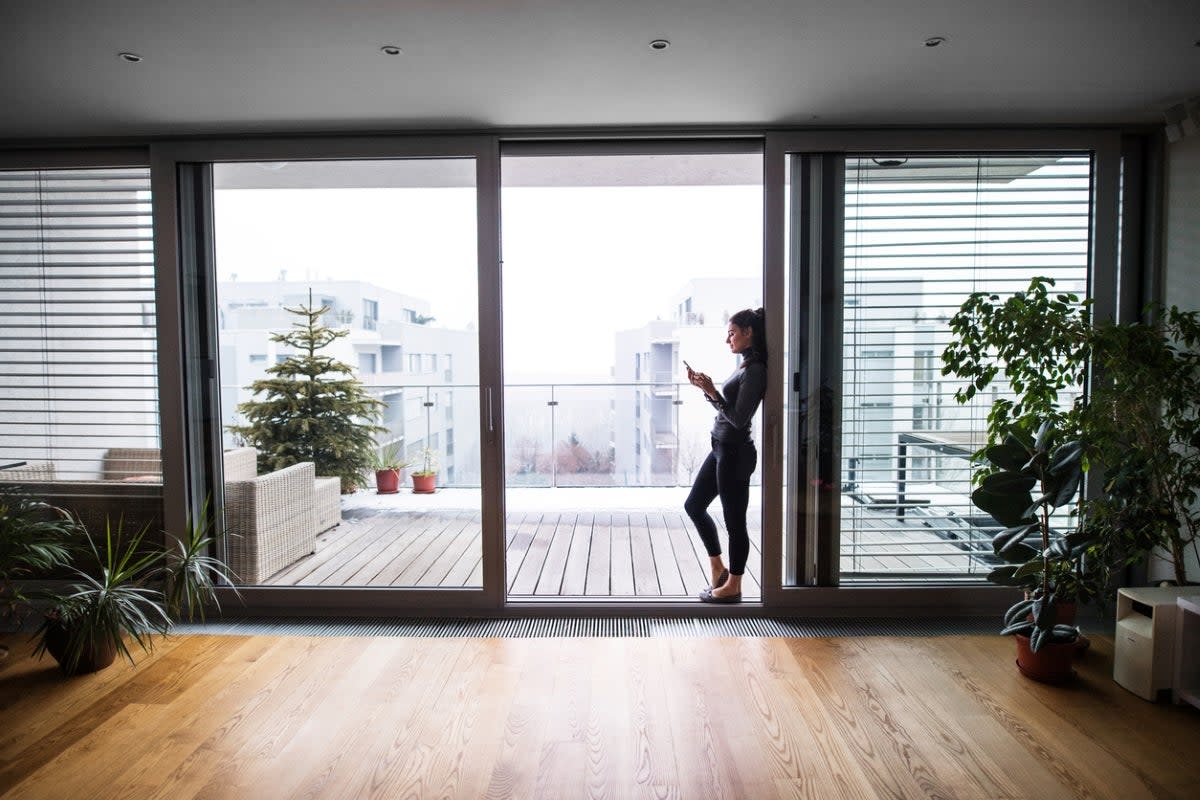
Windows bring light into the home and connect us to the outside world with views of trees, flowers, wildlife, and friendly neighbors. When it comes to inside the home, the type of window covering used can shift the entire look and feel of a space, while also providing color to brighten up a room, fabric to soften the space, and a certain level of light and privacy, depending on how the room is used. Now, with smart home technology, there’s a whole new level of options to consider when choosing window coverings.
Smart shades and blinds are motorized and connected to the internet so they can be controlled remotely without pulling a cord or wand. Homeowners can set a schedule for each window covering to go up or down based on the time of day, light level, sun exposure, or daily routine. They also help keep the home cooler and save energy since the shades or blinds can automatically close in the middle of the day, for example, when nobody is home. Here are several pros and cons of smart window treatments to decide if they are the right fit.
Pro: Convenience
A primary advantage of the best smart blinds and shades is the convenience they offer. They can be controlled remotely through smartphone apps or voice commands via smart home assistants like Alexa or Google Assistant. The system can also be programmed so all window treatments in the home can be opened or closed at once with the click of a button.
This means people no longer have to walk over to each window to adjust the window covering to let in the desired amount of light, which is especially beneficial for hard-to-reach windows or for homeowners with mobility challenges.
RELATED: The Best Window Treatments for Sliding Doors
Con: Initial Cost
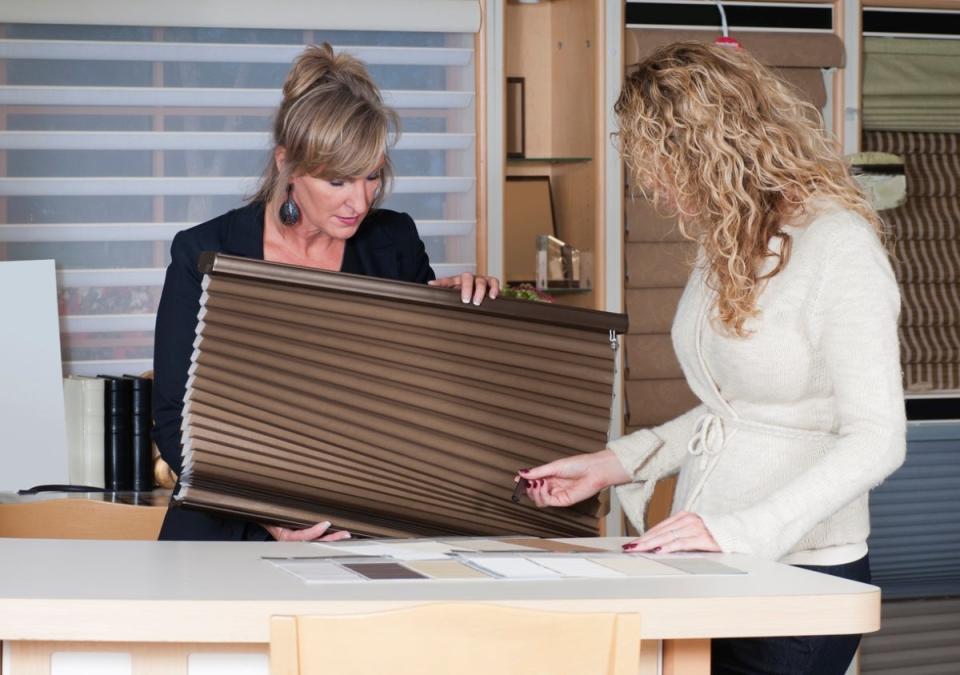
Photo: istockphoto.com
The biggest barrier to choosing smart window coverings is their higher price tag. While the average cost of regular blinds is around $700, smart blinds and shades cost thousands of dollars each. Finding prices online is very difficult since they vary based on the brand, individual installer, specific features, number of windows on the smart home system, and installation requirements.
“While the long-term benefits of energy efficiency and convenience can offset the initial investment, homeowners should be prepared for a higher upfront expense, especially for custom projects when working with a builder,” recommended Paul Williams, chief product officer at Nice North America.
RELATED: How Much Does Window Tinting Cost?
Pro: Energy Efficiency
With smart blinds and shades, homeowners can set schedules to automate operation based on sunlight, temperature, or time of day. This helps manage heat gain or loss in the home, which boosts energy efficiency and can result in savings on utility bills.
“By installing automated shades…, homeowners can improve insulation at the window and experience a significant transformation in their home's energy efficiency,” noted James Roddy, owner of SmartPNW and a Hunter Douglas dealer. “We've actually had a client report savings of about 30 percent on their annual energy bill after installing AERC-rated Hunter Douglas Duette Honeycomb Shades with PowerView Automation.”
RELATED: Smart Plugs Offer an Affordable Way to Cut Your Energy Usage
Con: Complexity
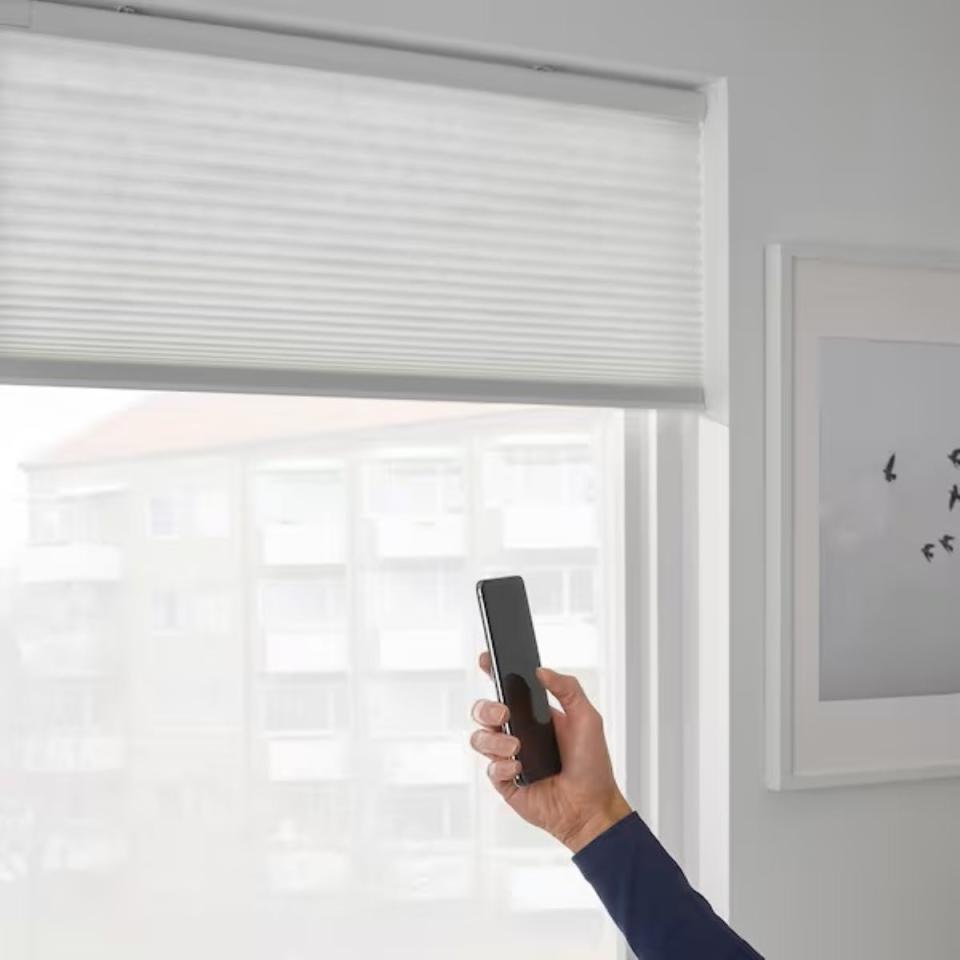
Photo: ikea.com
Another potential turnoff of choosing smart window treatments is their complexity with regard to understanding how they work and figuring out how to operate the settings and features. According to Raf Michalowski, interior designer and founder of Meble Furniture, some homeowners may find the learning curve of using these systems a bit steep.
“Although manufacturers are constantly improving the user interface and adding more intuitive features, there is still a need for some level of technical knowledge to set up and operate these systems effectively,” he said.
RELATED: Lose the Drapes: 17 Ways to Dress a Window Without Curtains
Pro: Customization
Consumers are attracted to smart shades and blinds because of all the customization options available. Homeowners can choose from a wide range of styles, materials, and colors when selecting smart window coverings, allowing them to create the desired aesthetic of the home.
“This variety ensures that they can match their interior design preferences while still enjoying the benefits of smart technology,” said Williams.
RELATED: These Are the Right Curtain Lengths for Every Window In Your Home
Con: Reliability
Unfortunately, relying on technology to open and close window treatments can sometimes end up being problematic. Like any tech product, smart window systems can experience glitches, software issues, or compatibility challenges. Plus, they rely on a stable internet connection and may encounter connectivity issues. If the internet goes down, it may result in the loss of window control and automation features.
RELATED: How to Make Your House a Smart Home In Just 8 Steps—And The Best Devices to Buy First
Pro: Privacy and Security
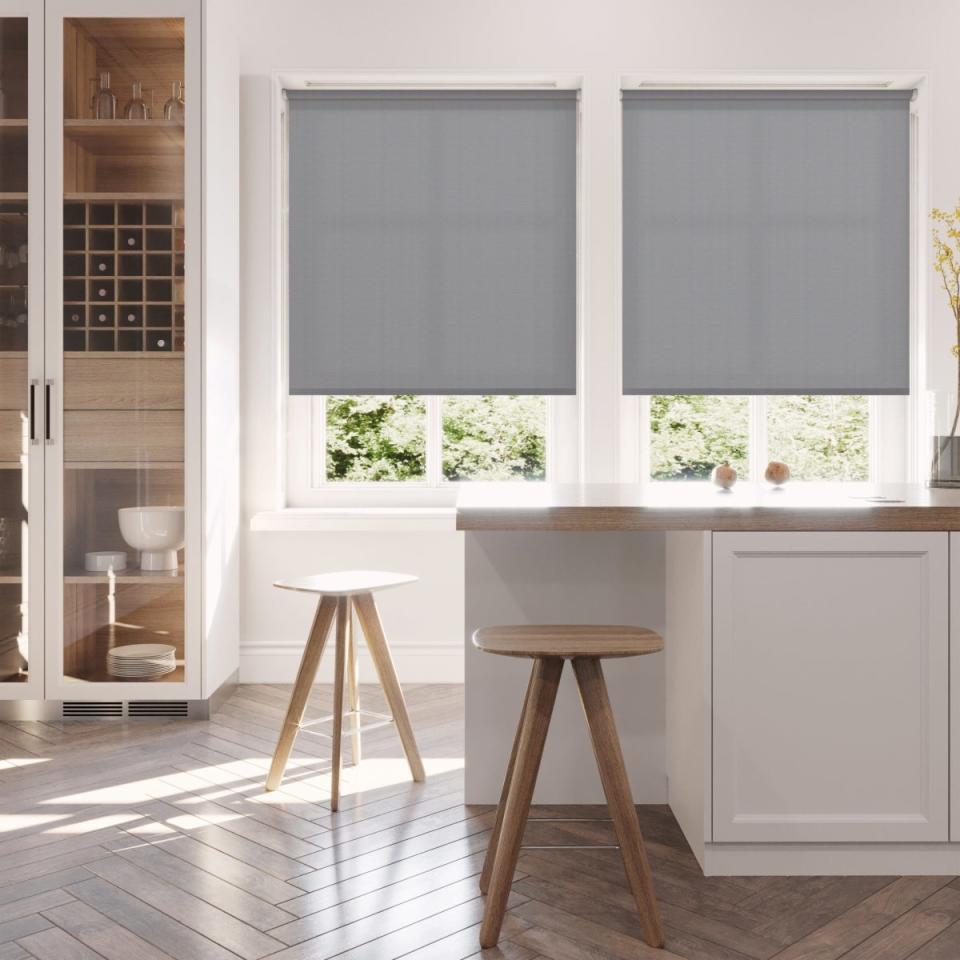
Photo: getblindsonline.co.uk
Smart window treatments can also add an extra layer of privacy and security due to their programmable features to open and close at specified times.
“You can make your home appear occupied by setting schedules when you're away,” noted Alexander Havkin, regional sales manager of Ecoline Windows. This can help deter potential burglars and enhance home security, while also providing more privacy, especially at night when using blackout shades.
RELATED: The 10 Biggest Security Risks in Today's Smart Home
Con: Maintenance
Because of the complexity of the technology, maintenance could be an issue over the years that would otherwise be uncommon for traditional shades and blinds. There may be software updates to contend with and motor issues to be addressed. Also, while battery-powered alternatives are more affordable and less disruptive, the batteries need to be recharged every few months.
RELATED: The 12 Best Places to Buy Blinds Online
Pro: Integration
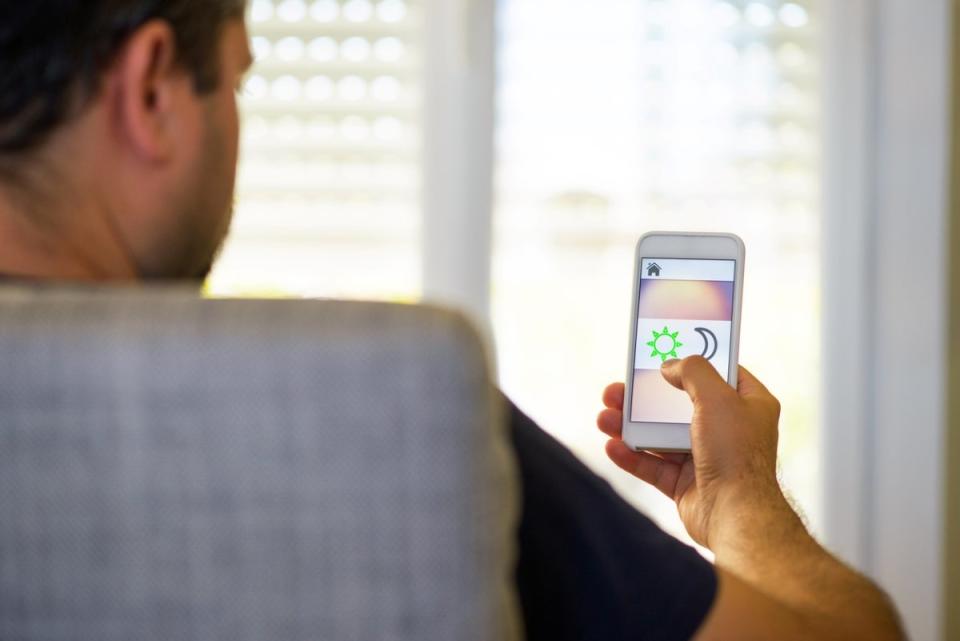
Photo: istockphoto.com
For the nearly half of American households now using smart devices in their home, being able to integrate window treatments into the overall smart home system is advantageous. Many smart blinds and shades can be programmed to work with Amazon Alexa, Google Assistant, and Apple HomeKit, allowing for easy control and automation alongside other smart devices.
RELATED: A Beginner’s Guide to Home Automation
Con: Compatibility
Integration won’t be possible if the products aren’t compatible with the smart devices and smart home system. Be sure to check that the smart window coverings will integrate seamlessly with the existing system before purchasing them. Otherwise, it may be necessary to invest in additional equipment or hire a pro to install the products properly.
RELATED: 29 Great Gadgets for a Smarter Home

